YA contributor Monet has been stuck in Greenland during the global pandemic. Follow along as she heads to remote (more remote?) Greenland to help out with the lambing – i.e., when the sheep give birth each year.
Since arriving in Greenland, I’ve dogsledded one of the oldest trails in human history, I’ve visited huts in the fjords of Nuuk and–most recently–I’ve seen a whole lot of sheep vaginas while lambing in South Greenland.
South Greenland is made up of a handful of towns and several small settlements, spread out over a network of fjords in the southernmost tip of the country. Just as in the rest of Greenland, there are no roads connecting towns.
Travel is done by boat, plane, or helicopter.
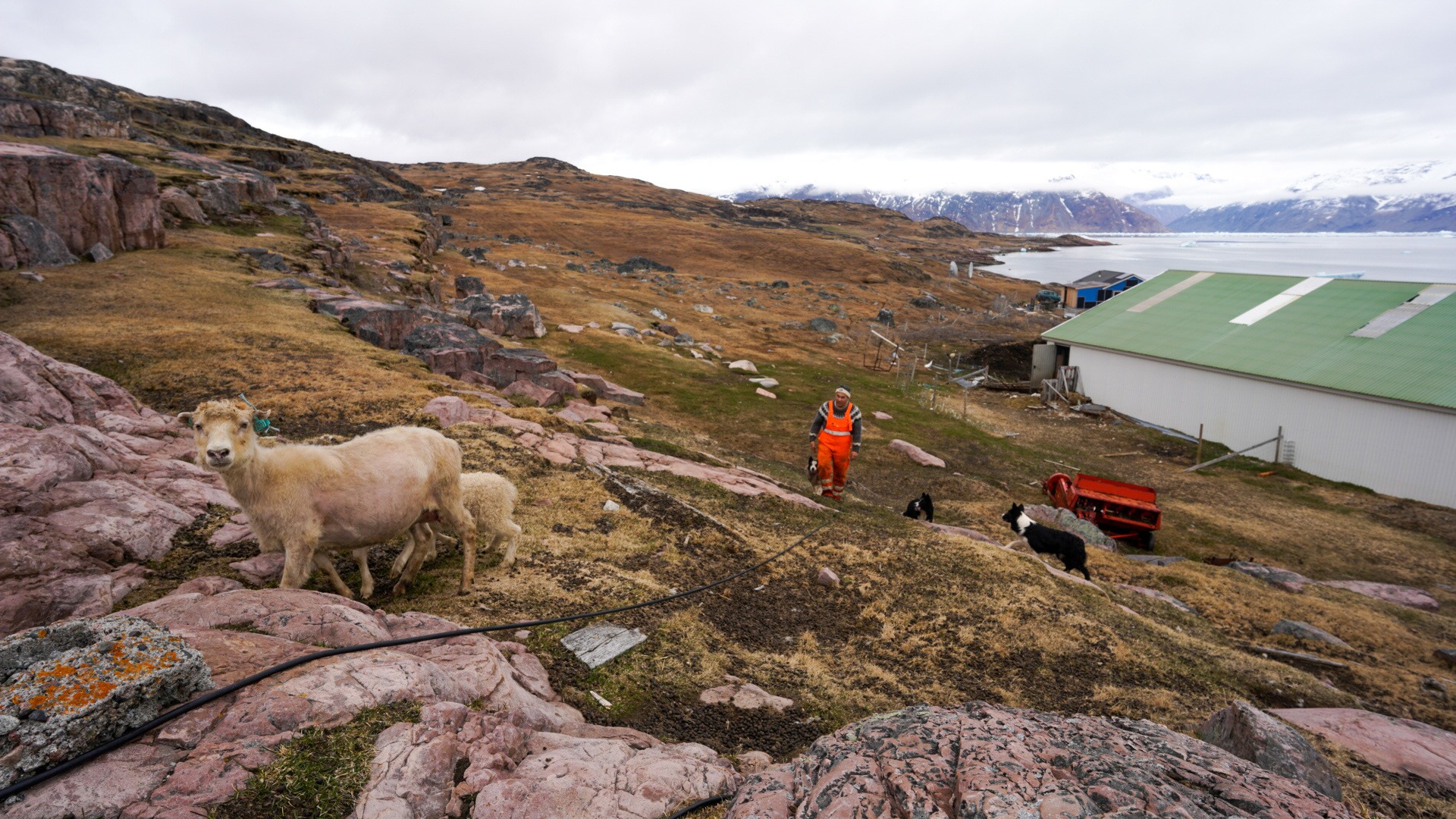
The slightly warmer weather allows for farming both livestock and produce, neither of which you’ll see much of in the north.
Recently, I spent five days fully immersed in the life of Sillisit sheep farm, located near Narsarsuaq in South Greenland. It’s run by Elna Jensen and Henrik Knudsen, who also have a hostel and cabins on the farm where travelers can wake up to mega views and plenty of grass-munching sheep. Lambing season was in full swing, meaning over 600 sheep were ready to give birth. I was there to help out in any way possible.
Here are the five things I learned while lambing in South Greenland.
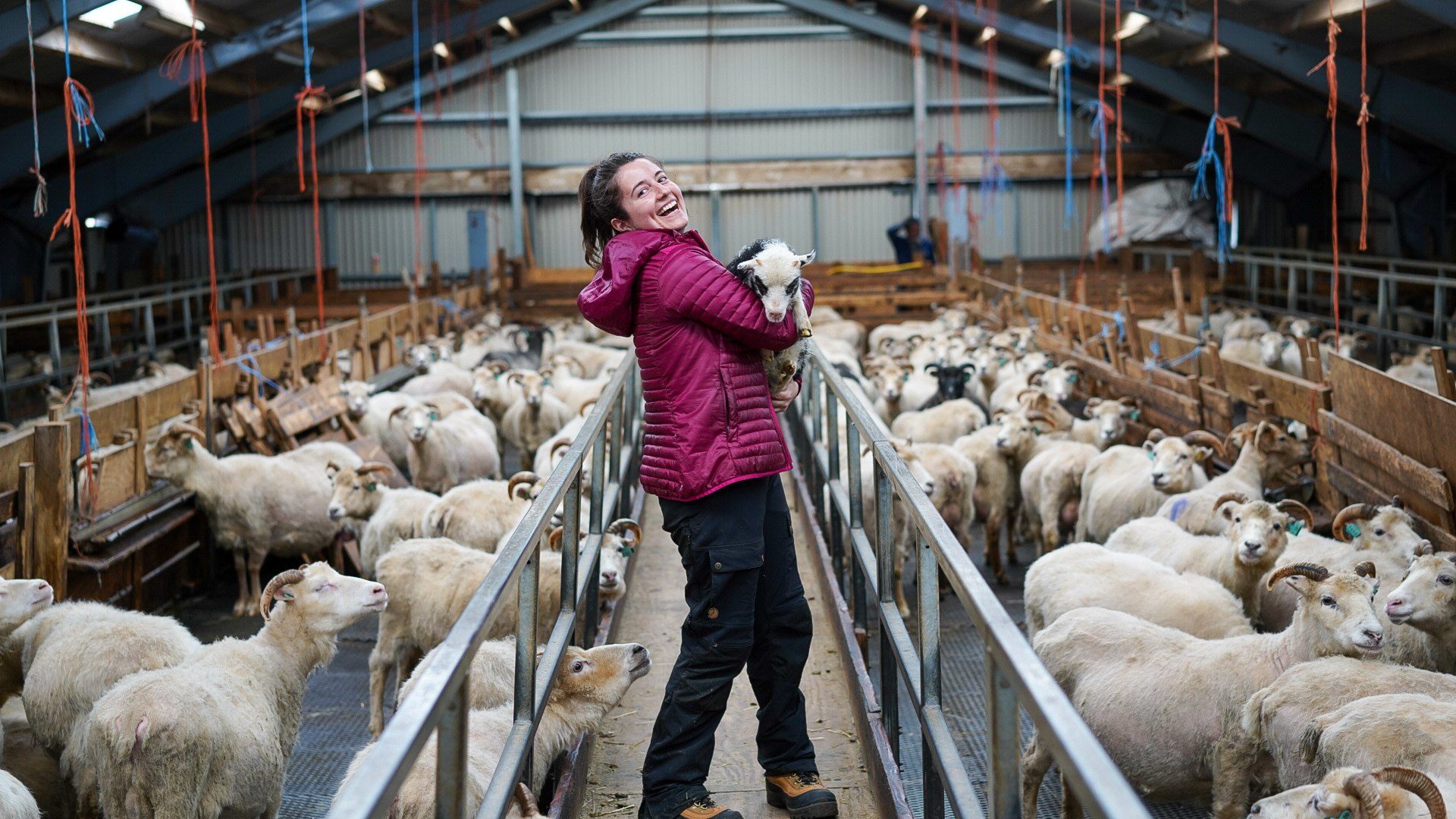
1. Sheep farming is living history
You can’t talk about sheep farms in the south without also mentioning the UNESCO World Heritage sites.
When the Norse settled on the southern tip of Greenland in 1000 C.E., they brought with them livestock from Iceland. While we don’t know what happened to the Norse people, the remnants of their lives can be found all over the fjords. Some of these ruins are almost entirely standing buildings––like Hvalsey church, located at the last recorded settlement of the Norse people in Greenland––but most look like little more than mottled rocks to the untrained eye.
South Greenland is the only place in the country where Inuit communities stopped hunting to become farmers.
Modern-day agriculture in Greenland was heavily influenced by the colonists of the 18th and 19th centuries, who reintroduced the practice inspired by their home countries. Sillisit is one of 36 sheep farms in South Greenland and lies within walking distance of the UNESCO World Heritage site.
Today, their sheep graze freely around Inuit and Norse ruins, a symbolic melding of past and present.
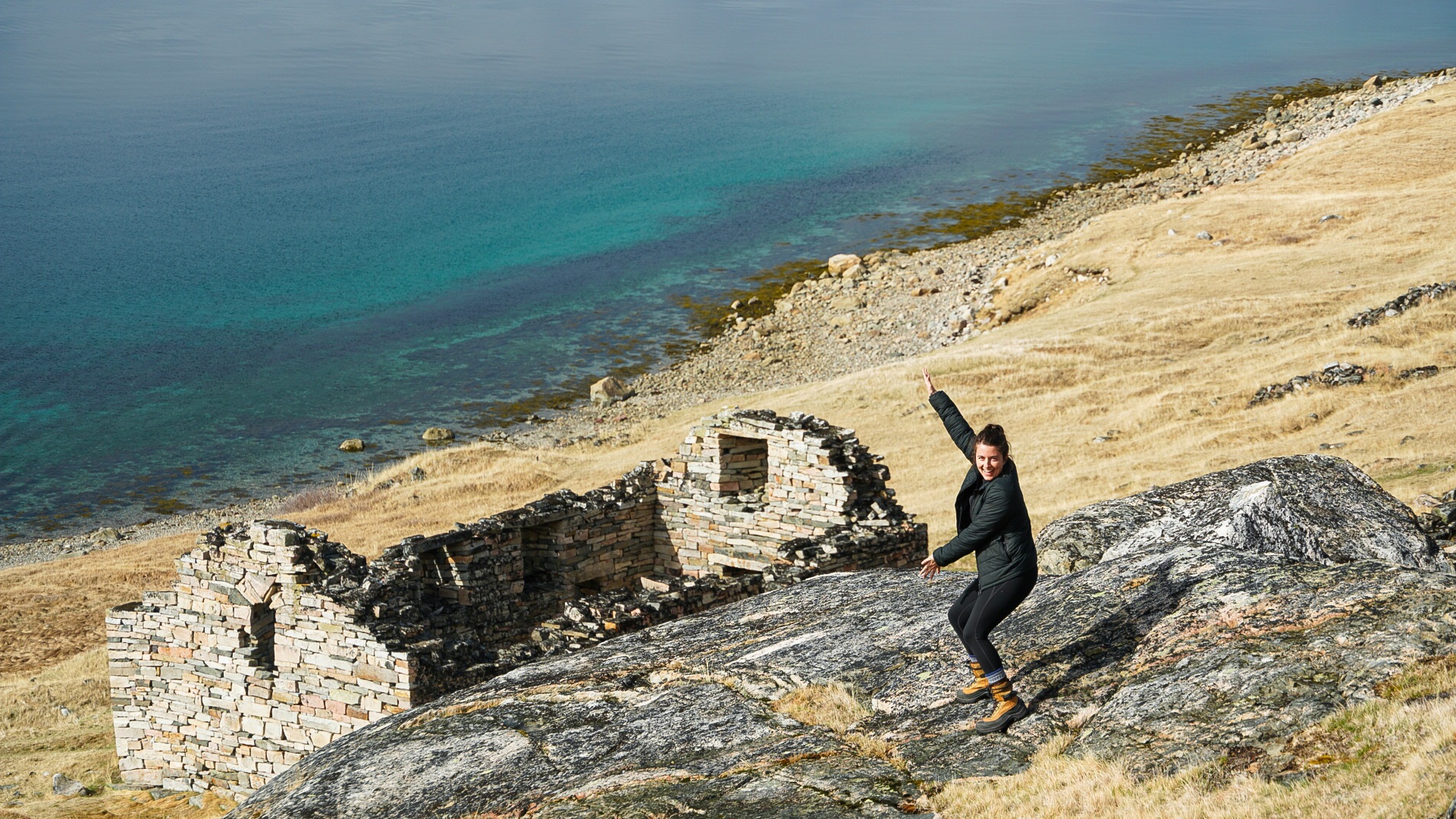
2. Someone is always sleeping during lambing season
Elna and Henrik make most of their living by selling their lambs and sheep to the slaughterhouse: the healthier the animals, the better the meat, the higher the price. It is in their best interest to keep their animals as healthy and happy as possible.
One could argue then that out of all the seasons, lambing is the most critical time for Elna and Henrik. This is when they ensure that all of the care and preparation and feeding of the previous months pays off in lots of healthy moms and babies.
What does that mean for the lambing season? 24/7 baby-sitting.
The sheep are impregnated naturally (there is no artificial insemination in Greenland!) by sticking a ram into a pen with a bunch of sheep and letting nature take its course. This is done in stages with different groups of sheep so that not everyone pops at the same time.
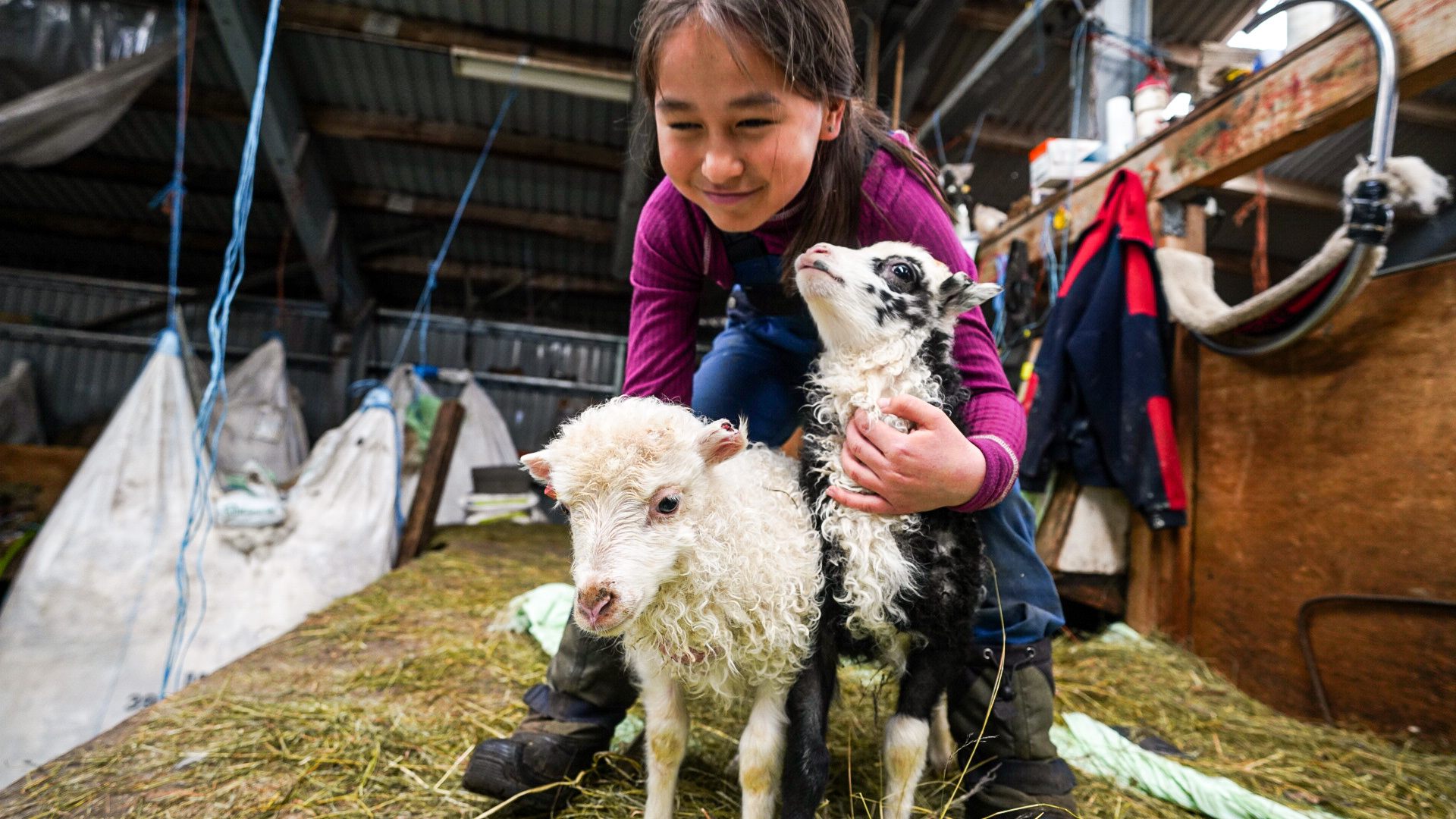
But, as we all know, a due date is not a precise fact.
So once those babies start coming, there needs to be at least one person in the barn at all times of day and night to help out. Most sheep don’t need assistance when giving birth, but because Elna and Henrik’s literal livelihood depends on having healthy lambs, they don’t take any chances.
Elna and Henrik hire extra help during this time. It is all hands on deck. If you’re not in the barn, you are either eating or sleeping. I stuck to the same schedule as Elna and Kira, her nine-year-old daughter/farmer-in-training. Our daily lambing schedule went something like this:
10am-1pm: Barn
1-2pm: Lunch
2pm-7pm: Barn
7-8pm: Dinner
8pm-10pm: Rest
10pm-1am: Barn
The night and early morning lambing shifts were covered by their hired farmhand, Henrik, and Kim, along with their 13-year-old son.
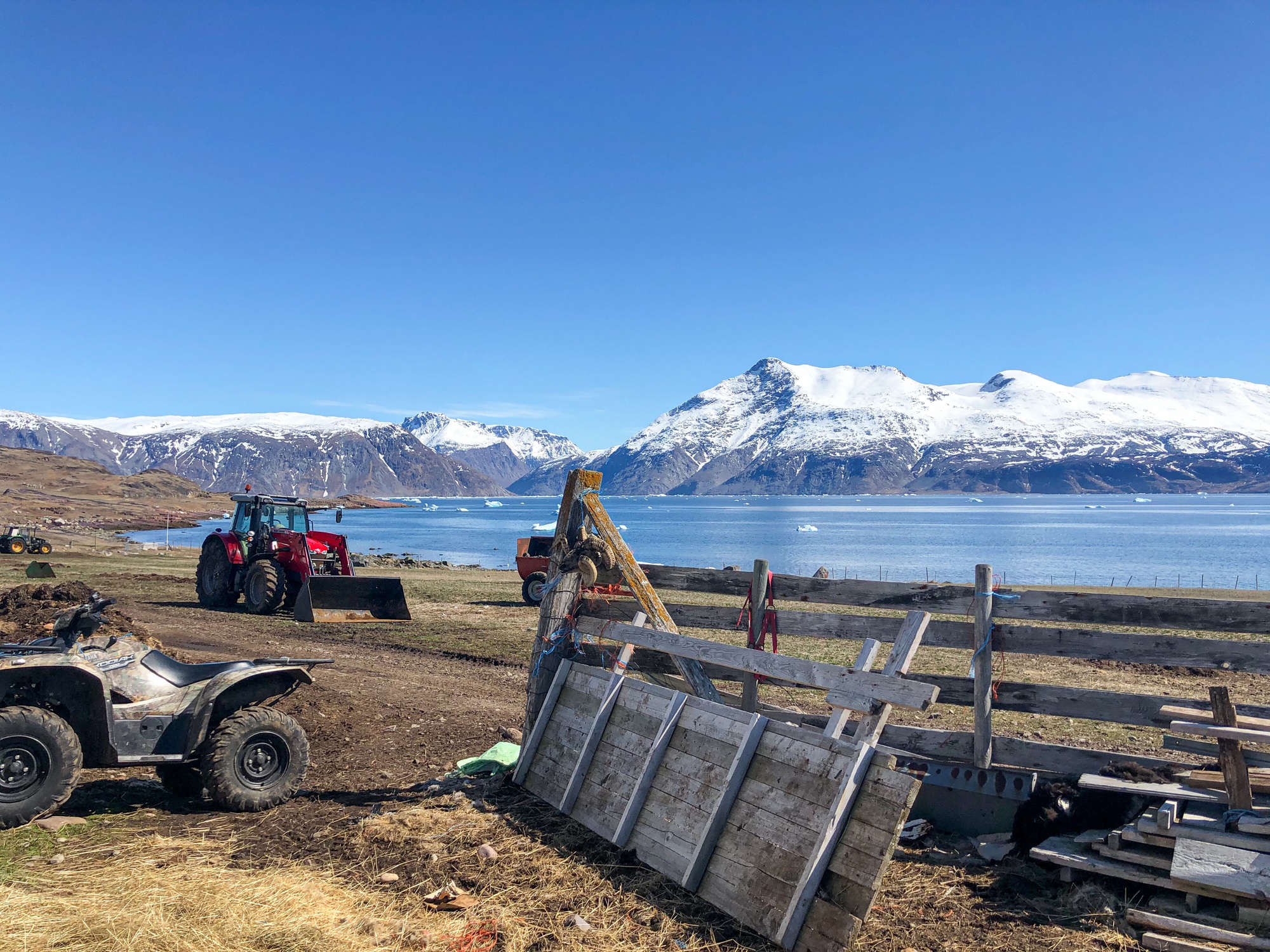
3. The miracle of life is messy AF
Within minutes of jumping off the boat at Sillisit farm––and I mean jump, the “dock” is just a rocky shore––I was witnessing my first birth during lambing in South Greenland. Before Sillisit, I had never seen any birth up close.
By the end of my five days of lambing in South Greenland, I had seen well over 50 of them. For all you folks uninitiated into the Miracle of Life Club, it is WILD.
You can tell a sheep is about to go into labor because a goopy substance starts leaking out of her vagina. Often, a sequence of large bubbles then appear. They dangle like Christmas ornaments from her lady bits, until they pop, either from their weight or occasionally from being punctured by another sheep’s horns.
In a healthy delivery, the first things to appear are two little hooves followed by a nose. Lambs can be born with or without horns–and if I were a sheep, I’d be praying for a lifetime of hornless children.
Blood, goo, poop–everything comes out at once during birth. Some sheep hardly seem to notice they have a child poking out of their vagina, while others are bellowing in labor.
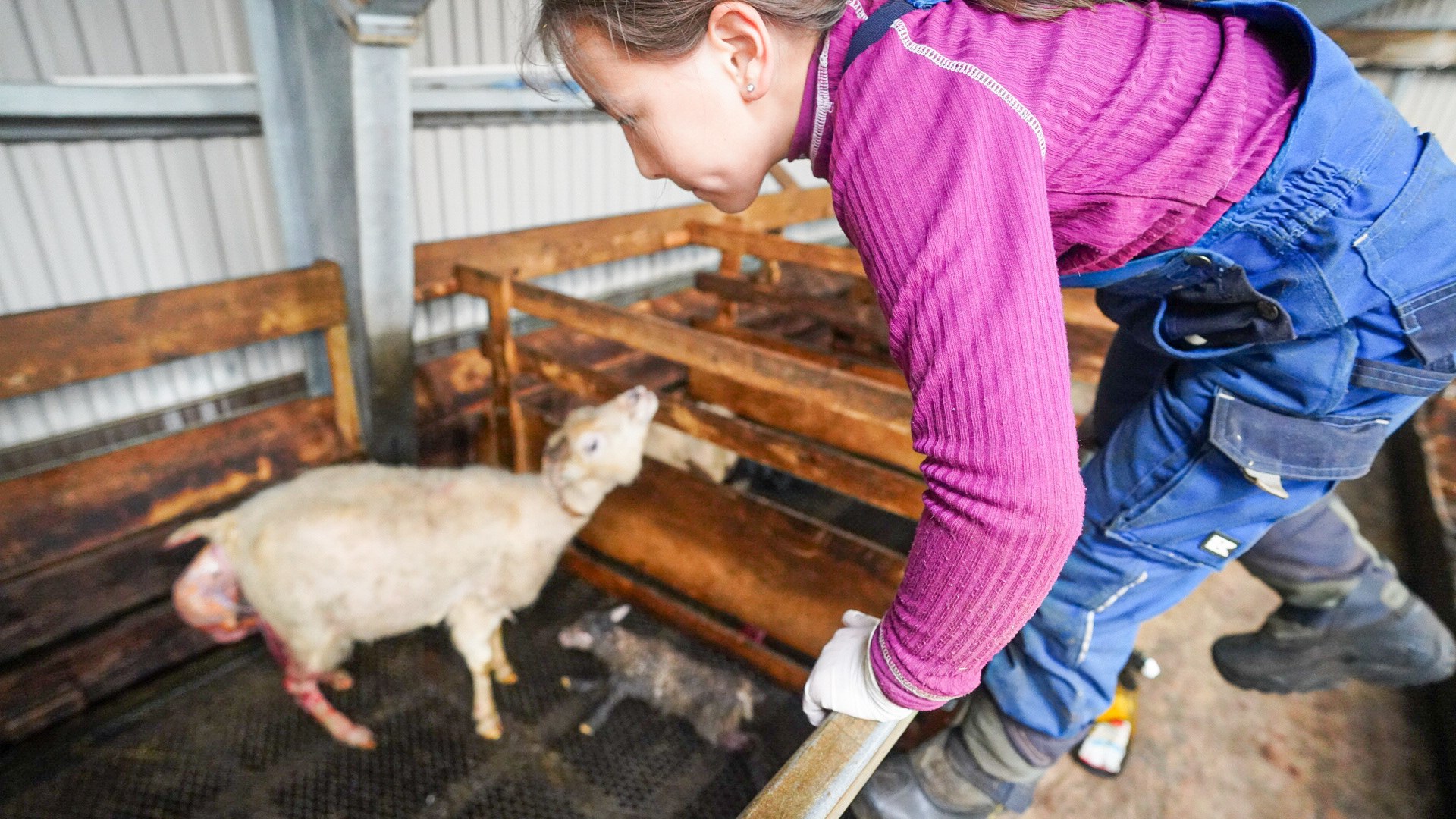
4. Farmers have to make some really hard decisions
It took me half a day before I was mentally ready to jump in the pen myself. While the labor may take minutes or hours, once the lamb is ready, it tends to shoot out in a matter of seconds. My hands were there to grab the slippery bundle of where-the-hell-am-I!
In the easiest of lambing deliveries, humans are on hand to make sure small issues don’t become big problems. We clear the lamb’s mouth of any womb goo, spray the belly button with iodine to prevent infection, and separate the mom and baby from the pack, so no one gets trampled.
As a complete lambing novice, I was able to help out in these situations very quickly.
When complications arise, Elna or Henrik take over—turning a lamb that is breached inside the womb—intervening when a sheep doesn’t immediately take to her child. Their expertise allows them to assess a situation quickly and efficiently because, as farmers, they’ve seen it all.
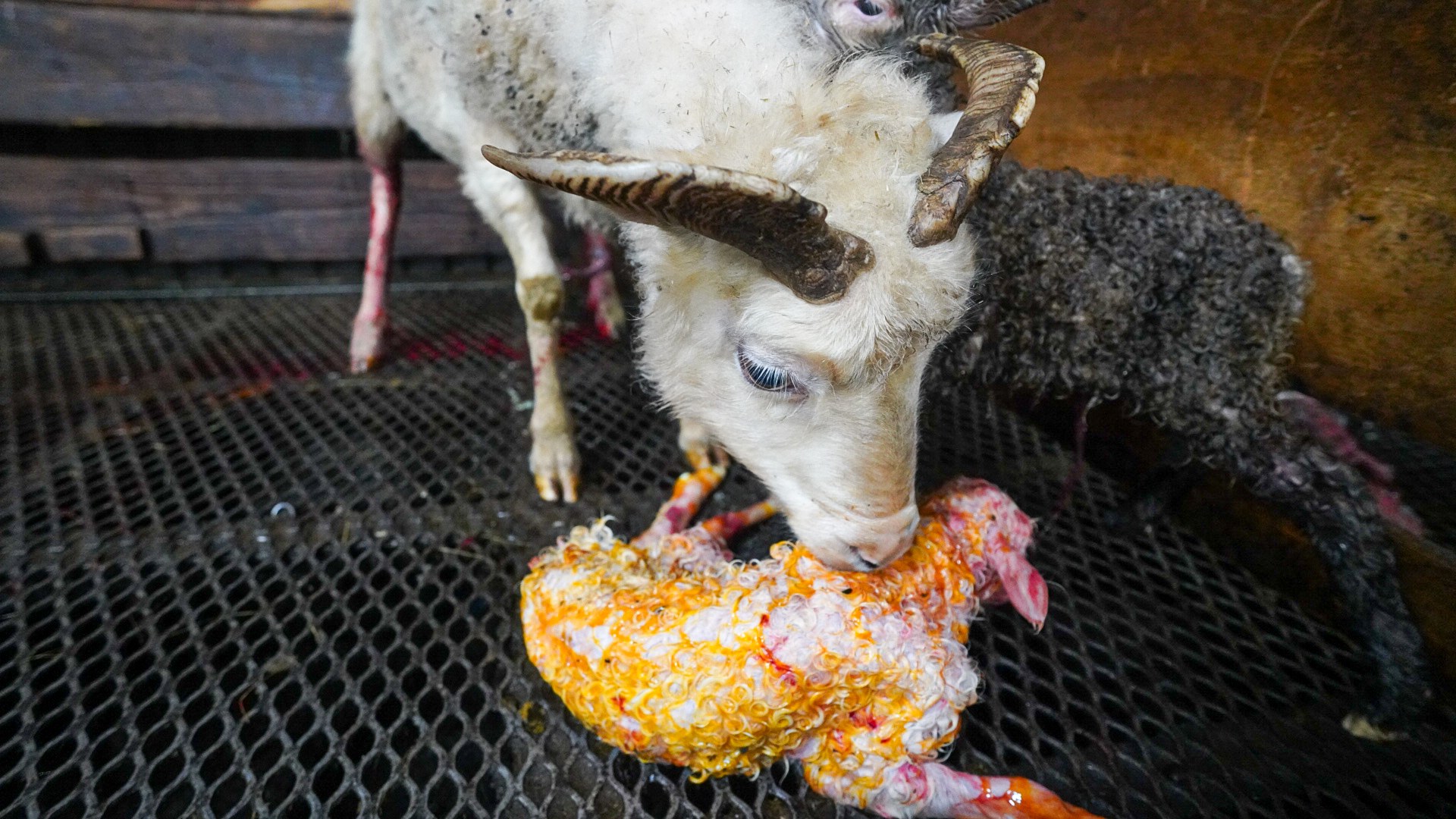
Sometimes, sad things happen. A lamb is stillborn. A sheep dies from an infection.
Other times, very tough decisions need to be made. If a lamb is breached and can’t be turned by hand, both the child and mother will die. Elna and Henrik must then act quickly. They will kill the sheep to save the life of the lamb.
While they try not to be too emotionally connected to the animals, you can see that Elna and Henrik are deeply affected by these losses. Some of the sheep were once bottle-fed lambs, running freely around the barn and fed by hand four times a day. They have names and personalities.
When a sheep dies, the whole family feels it. But with 599 other sheep needing your attention, you have no choice but to move on to the next birth.
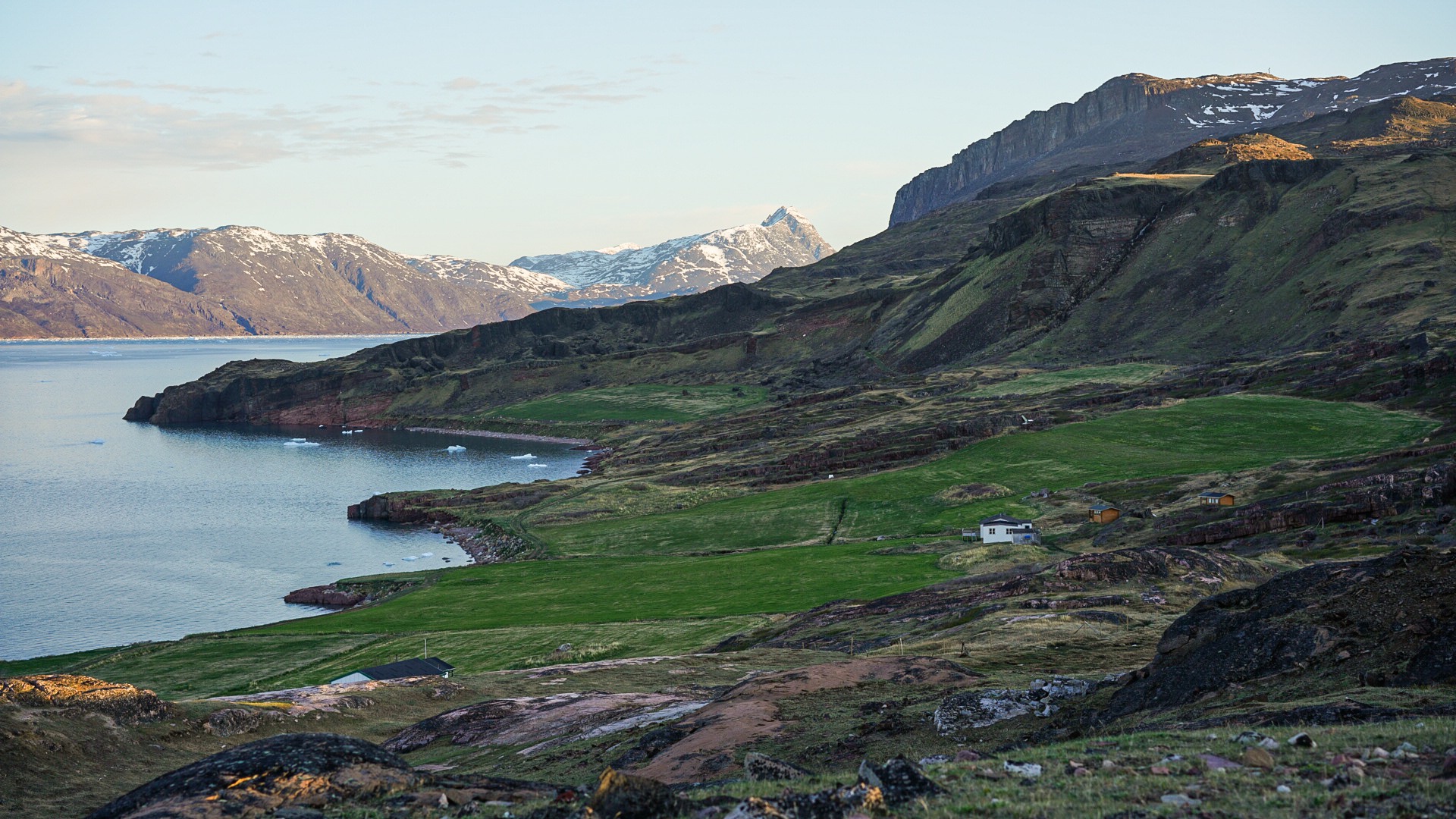
5. Bottle-fed lambs are the cutest
Slimy and wet, just-born lambs have way too many sheep fluids on them to be adorable. But after a good cleaning by mom, and a few hours to dry out, lambs are suddenly pretty darn cute.
And the bottle-fed lambs are by far my favorites. These lambs have usually had a rough start to life. Sometimes the mother has died, or the lamb was born a twin, and she only has enough milk for one lamb to survive. In these cases, the lamb is raised separately from its mother and will be bottle-fed.
When I first arrived at Sillisit, two lambs greeted me, a dynamic duo allowed to roam free throughout the barn. They strut between the sheep pens like the coolest kids in middle school. They bleat loudly whenever meal time was due.
On my last day at the farm, I sat on the hilltop behind the barn as Henrik released sheep out into the pasture, AKA, the rugged mountains of the fjord. The sheep and lambs will roam freely during the summer months, grazing wherever they please. The mountains will act as a natural barrier to keep them close-ish to home. In September/October, they are rounded up and brought back to the barn to begin this process all over again.
Have you ever seen lambing? Would you join in on lambing in South Greenland? Share!
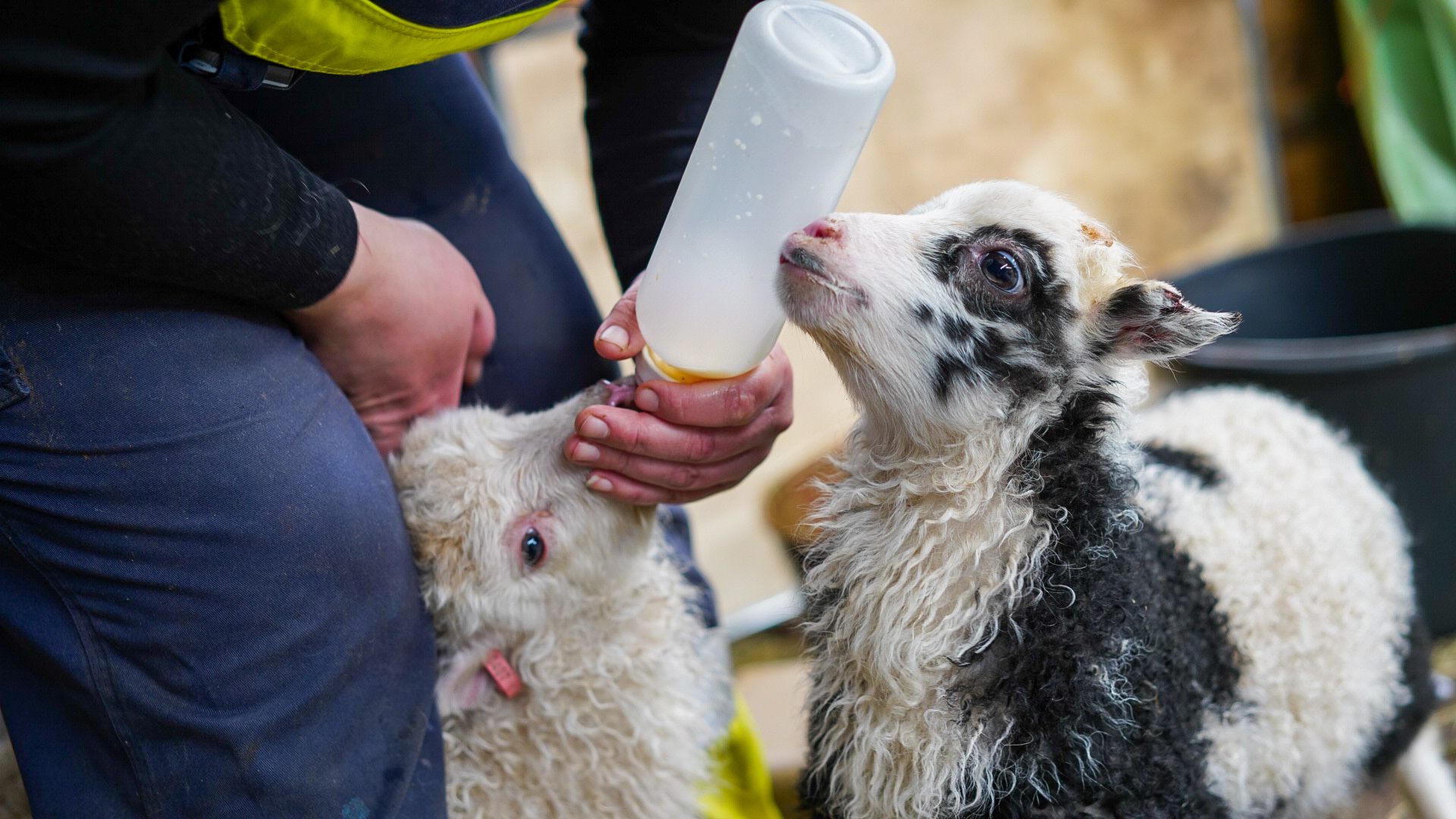
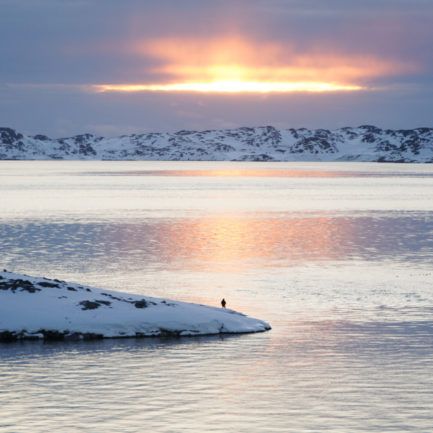
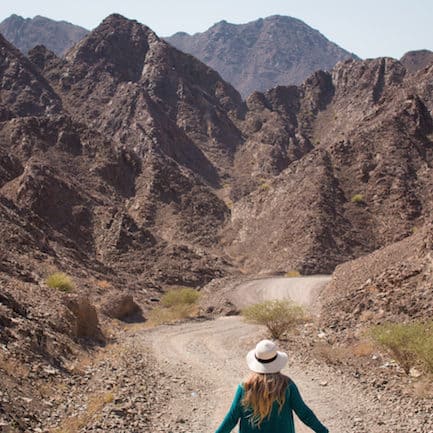

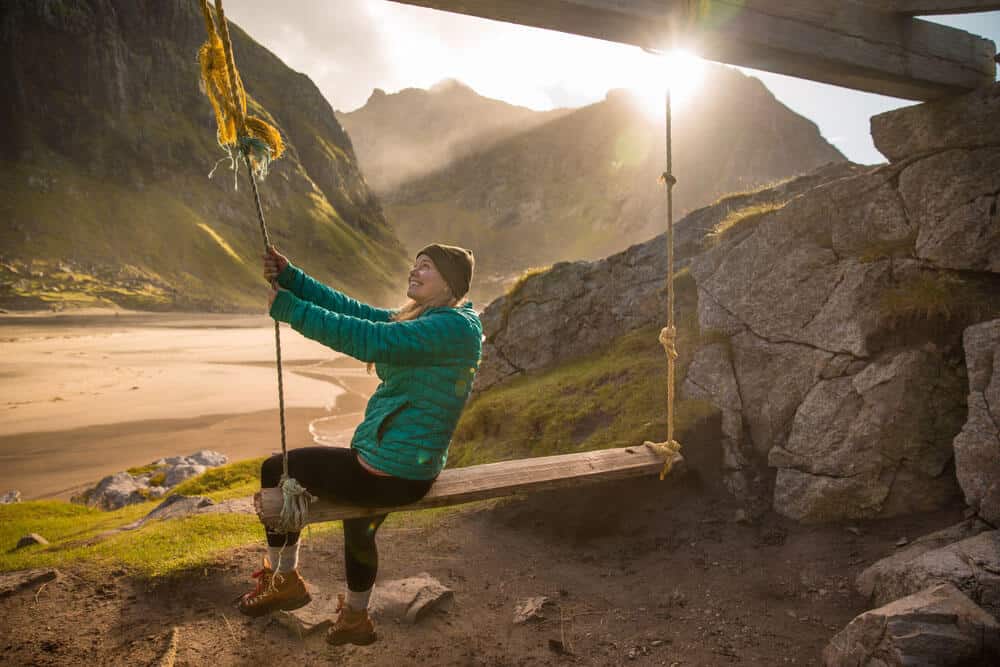
[…] 5 things I learned while helping out with lambing in South Greenland […]
[…] 5 things I learned while helping out with lambing in South Greenland […]
What a unique and interesting experience! I can’t believe how quickly you were able to jump in and assist with the lambing, I’d be scared shitless that I would do something wrong. I’ve only ever had a similar experience once while volunteering a goat farm. A goat gave birth to two kids prematurely. One didn’t survive and the other had to be raised inside the farmhouse and bottle fed. Watching the owner assist in the birth was so cool- but also nerve-wracking (the first-born was breached)! I don’t know how you did it on that crazy schedule for 5 days!
So awesome that Elna and Henrik shared that experience with you.
[…] Source link […]